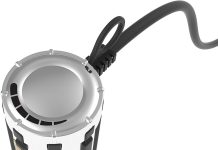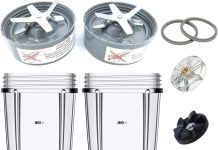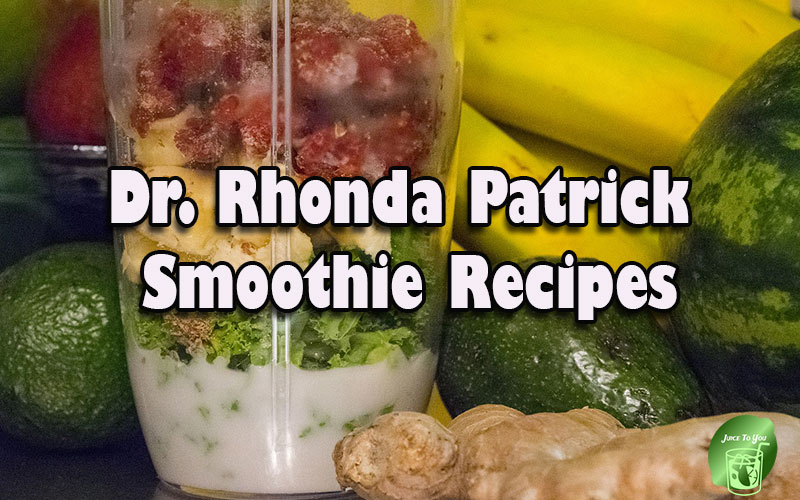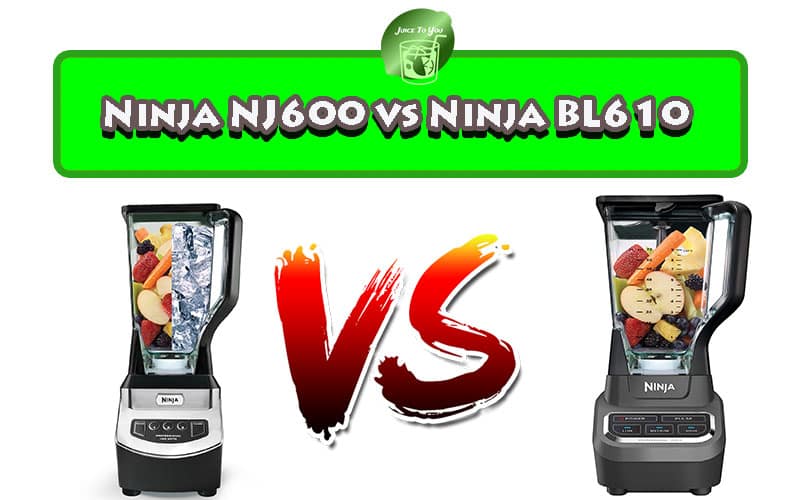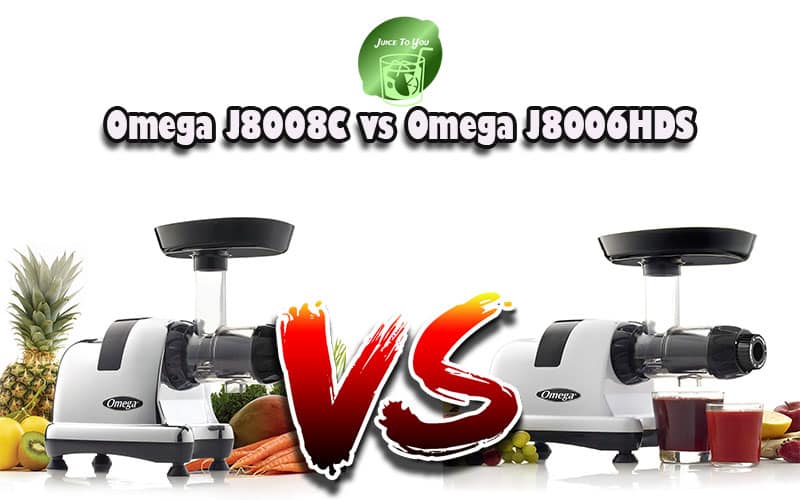Cleaning a blender can sometimes be a hassle, but fear not! We have all the tips and tricks you need to make this task a breeze. From removing stubborn stains to reaching those hard-to-reach crevices, we’ve got you covered. So, put on your cleaning gloves and join us as we show you how to clean a blender effectively. You won’t believe how easy it can be!
Review contents
Choosing the Right Cleaning Method
Cleaning Right After Use
Cleaning your blender right after use is the first step to ensuring its longevity and maintaining proper hygiene. By cleaning the blender immediately, you prevent residue from drying and becoming harder to remove. This also minimizes the risk of bacteria growth and unpleasant odors.
Disassembling the Blender
Before you proceed with cleaning, it’s important to disassemble the blender. Unscrew the blender jar from the base and carefully separate any removable attachments. This allows for a more thorough cleaning, as you can access all the nooks and crannies that may be difficult to reach when the blender is fully assembled.
Choosing the Cleaning Solution
The cleaning solution you choose plays a crucial role in effectively cleaning your blender. There are several options to consider, such as warm water, dish soap, vinegar solution, baking soda solution, and lemon juice. Each solution has its own benefits and can be used for specific cleaning purposes.
Using Warm Water
Warm water is a simple yet effective cleaning solution for removing residual food particles and ensuring a clean blender. It helps to break down any leftover residue and make it easier to remove. Soaking the blender components in warm water for a few minutes can further aid in loosening any stubborn particles.
Using Dish Soap
Dish soap is a go-to cleaning agent for many daily cleaning tasks, and it works great for cleaning blenders too. Add a few drops of mild dish soap to warm water and create a soapy solution. Use a sponge or a soft brush to scrub the blender components thoroughly, paying attention to the areas where food particles might be trapped.
Using Vinegar Solution
Vinegar is a natural cleaning agent known for its powerful disinfecting properties. Create a solution of equal parts vinegar and water and fill the blender jar with it. Let it sit for about 15-20 minutes to allow the vinegar to break down any residue or buildup. Afterward, give it a good scrub and rinse thoroughly.
Using Baking Soda Solution
Baking soda is another versatile ingredient that can be used to clean and deodorize various household items, including blenders. Create a paste using baking soda and water, and apply it directly onto any stained or dirty areas of the blender. Let it sit for a while, then scrub gently before rinsing with water.
Using Lemon Juice
Lemon juice not only adds a refreshing scent but also works as a natural degreaser and cleaner. Squeeze fresh lemon juice into warm water and use it as a cleaning solution for your blender. The acidity of lemon juice helps to break down oil and grease, leaving your blender clean and smelling fresh.
Handwashing the Blender
Rinsing the Blender Jar
Start by rinsing the blender jar with warm water to remove any loose particles or residue. This initial step helps in preparing the blender for a more thorough cleaning.
Removing Stains
To remove stains from the blender jar, you can use a mixture of baking soda and water. Apply the paste to the stained areas and let it sit for a few minutes. Then, scrub gently with a soft sponge or brush to lift the stains. Rinse the jar thoroughly to remove any traces of the baking soda mixture.
Scrubbing Blender Blades
The blender blades often accumulate food particles and residue, requiring special attention during the cleaning process. Using a sponge or brush, carefully scrub the blades to remove any stubborn remnants. Be cautious when cleaning the blades to avoid any accidents or injuries.
Cleaning Blender Base
Don’t forget to clean the blender base, as it can also collect dirt and grime over time. Use a damp cloth or sponge to wipe down the base, ensuring that it’s free from any residue. Pay attention to the buttons, switches, and cord, ensuring they are also clean and dry.
Drying the Blender Components
After handwashing the blender components, it’s vital to dry them thoroughly before reassembling. Use a clean towel or air-dry the parts separately to prevent any moisture from lingering. Ensuring that all components are completely dry before storing or using the blender again helps prevent the growth of mold or bacteria.
Dishwasher Cleaning
Checking Blender’s Dishwasher Compatibility
Before attempting to clean your blender in the dishwasher, it’s important to check if it’s dishwasher safe. While some blenders and their components are dishwasher safe, others may not be suitable for dishwasher use. Refer to the blender’s instruction manual or manufacturer’s guidelines to determine if your blender can be safely cleaned in the dishwasher.
Loading Blender Components in the Dishwasher
When loading blender components in the dishwasher, ensure that they are securely placed. Avoid overcrowding the dishwasher to allow proper water circulation and ensure a thorough cleaning. Separating the components, such as the jar, lid, gaskets, and blades, and placing them appropriately in the dishwasher rack will prevent any damage or interference during the cleaning cycle.
Using the Appropriate Dishwashing Cycle
Selecting the appropriate dishwashing cycle is essential for effectively cleaning your blender components. Choose a gentle or delicate cycle to prevent any potential damage caused by high heat or strong water pressure. Additionally, avoid using harsh dishwasher detergents that may corrode or discolor the blender components. Opt for mild, eco-friendly dishwasher detergents for a more efficient and safe cleaning process.
Cleaning Blender Attachments
Cleaning Blender Lid and Seal
The blender lid and seal are often prone to collecting food particles, which can lead to unpleasant odors or even mold growth if left uncleaned. To clean the blender lid and seal, remove them from the blender jar and wash them separately using warm soapy water. Pay close attention to the crevices and ensure thorough cleaning to maintain proper hygiene.
Cleaning Blender Gaskets
Blender gaskets play a crucial role in sealing the blender jar and preventing any leaks during blending. Over time, these gaskets can become dirty or worn out, compromising their effectiveness. Clean the gaskets by gently removing them from the blender jar and washing them with warm soapy water. Inspect them regularly and replace if necessary.
Cleaning Blend Cup or Jar
The blender jar or cup holds the ingredients and comes into direct contact with the food being blended. It is essential to clean it thoroughly after each use. Handwash the blender jar using warm water and dish soap or any other preferred cleaning solution mentioned earlier. Pay attention to the corners, the bottom, and the sides of the jar to remove any residue or stains.
Cleaning Blender Blades
Cleaning the blender blades is crucial for maintaining their sharpness and preventing any buildup of residue. Carefully remove the blades from the blender jar and clean them separately. Use warm soapy water and a soft sponge or brush to gently scrub away any food particles. Be cautious while handling the blades to avoid any accidents or injuries.
Deep Cleaning the Blender
Removing Residue Buildup
Over time, residue can build up in hard-to-reach areas of the blender, such as the blade assembly or the bottom of the jar. To remove residue buildup, disassemble the blender completely and use a small brush or toothbrush to scrub these areas. Soak the disassembled parts in warm soapy water for a while to further loosen any stubborn residue.
Using a Blender Cleaning Solution
To deep clean the blender, you can create a specialized cleaning solution. Mix warm water, dish soap, and a tablespoon of white vinegar or lemon juice. This powerful solution can effectively remove tough stains and residue. Soak the blender components in this solution for about 30 minutes before giving them a thorough scrub.
Soaking Blender Components
Soaking blender components in a cleaning solution can help break down stubborn residue and make it easier to clean. Fill a sink or basin with warm water and the cleaning solution of your choice. Submerge the blender components, ensuring they are fully covered, and let them soak for an extended period. This allows the cleaning solution to work its magic and loosen any debris or buildup.
Scrubbing and Rinsing Blender Parts
After soaking, carefully scrub the blender parts using a sponge, brush, or cloth. Pay attention to any remaining stubborn stains or residue and make sure to remove them completely. Rinse the components thoroughly with warm water to remove any traces of the cleaning solution. Ensure that no cleaning solution or residue remains, as it can affect the taste and quality of future blends.
Maintaining a Clean Blender
Washing Blender After Each Use
To maintain a clean blender, it is essential to wash it after each use. Even if you have only blended water or a simple smoothie, washing the blender prevents any potential residue or odor buildup. By developing the habit of cleaning the blender immediately after use, you make the process easier and ensure the blender is always ready for future use.
Drying Blender Components Thoroughly
Properly drying blender components is crucial to prevent the growth of mold or bacteria. After cleaning, use a clean towel or air-dry the parts individually to ensure they are completely dry. Avoid storing any wet or damp components, as moisture can lead to unpleasant odors and compromise the blender’s cleanliness.
Storing Blender Properly
When not in use, store the blender in a clean and dry place. Ensure that all components are completely dry before reassembling and storing the blender. This prevents the accumulation of dust or dirt and maintains the hygiene of your blender. Store it in a convenient location where it’s easily accessible for future use.
Cleaning your blender effectively is vital for maintaining cleanliness, hygiene, and the overall performance of the appliance. By following the proper cleaning methods, you can enjoy the benefits of a clean blender for years to come. Remember to choose the right cleaning solution, handwash or use the dishwasher according to the blender’s compatibility, and regularly deep clean to remove residue buildup. With a clean blender, you can continue to blend delicious smoothies, soups, and other recipes with confidence and peace of mind.








